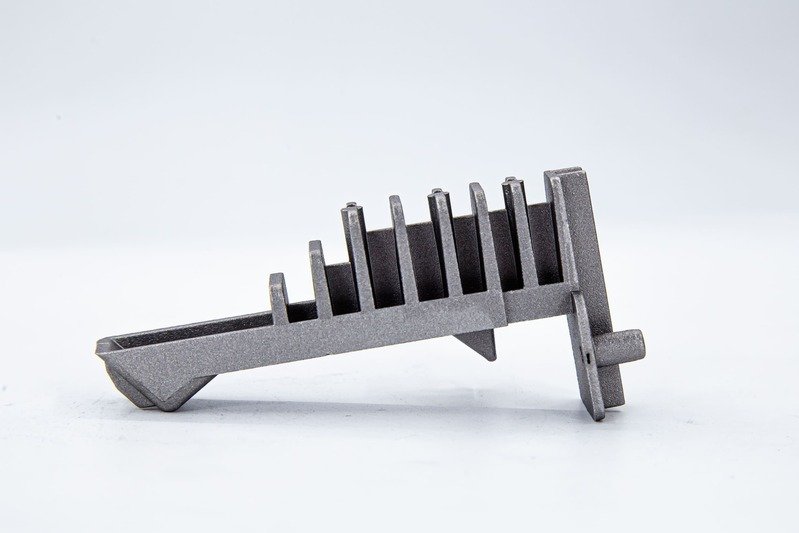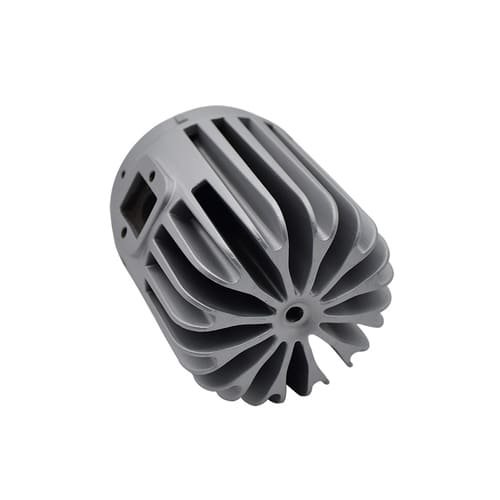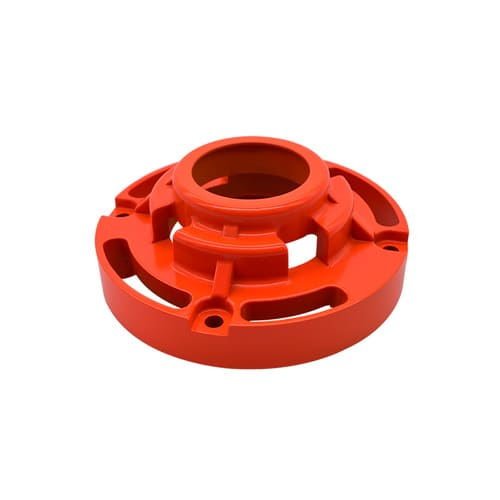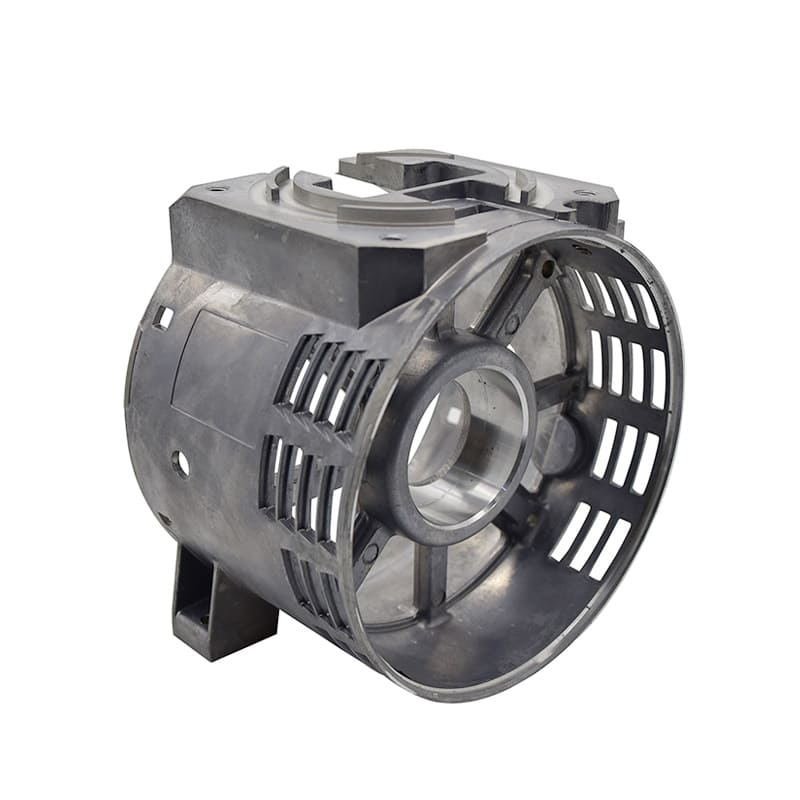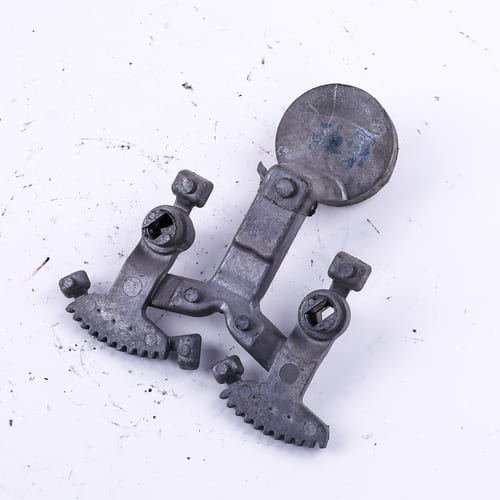Industries and trades rely on the manufacturing of multiple products. After that, it is essential to take into account what methods of production to use. It is best to select the most suitable process to use in order to produce the desired product. Manufacturers use methods like casting and machining for metals and polymers. Both production procedures are necessary and have an objective.
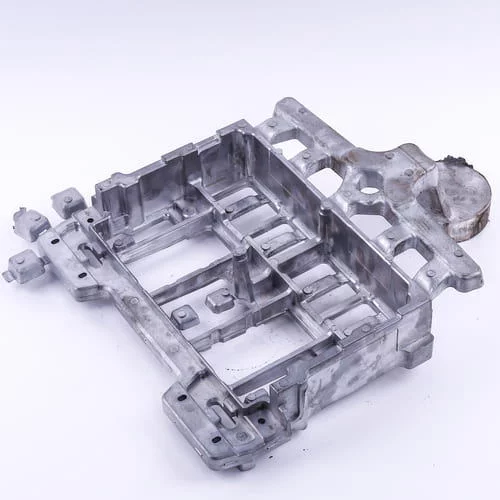
However, have you ever thought of CNC machining as a casting that you normally use? Or do you think about the best way to produce your design? This article will go through the two manufacturing methods as well as their benefits and drawbacks.
Die Casting vs. CNC Machining: A Cost Comparison
Cost is one of the most important factors for manufacturers and other industries to take into account. Because machining requires modern equipment and tools, it is easy to claim that it is more expensive. However, a number of factors influence the price of manufacturing.
You are likely to consider the cost of the material, the cost of the necessary tools, and the volume of production when examining the cost. Calculations are required to determine the cost. However, producers often estimate which method will be more costly.
Die Casting vs. CNC Machining: A Time Comparison
CNC machining is slower than die casting. Furthermore, it is simple to repeat. It is clear that die casting requires less time than machining a complex component from solid metal, even if post-casting machining is required.
Die casting is more dependable for producing large batches because it is a speedier production method. Although CNC machining might reduce lead times when producing in smaller quantities, be careful to have your digital model available before using this method. Due to its speed, it is also more suitable for testing prototypes.
Die Casting vs. CNC Machining: A Quality Comparison
Die casting can precisely create intricate geometric patterns, but sometimes the component that is produced has surface imperfections like burrs or flashes and needs to be machined to be cleaned up. CNC machining can manufacture final parts with great precision and tolerance, especially if they are custom small parts.
However, when it is possible to etch the surface detail into the final mold, die casting is a fantastic option for creating similar parts.
Die Casting vs. CNC Machining: A Flexibility Comparison
CNC machining technology makes it comparatively simple to create complex parts. Complex designs in die casting require the construction of a mold. Die casting cannot create the CNC machined part if it is hard to CNC machine the mold with the required shape.
It might be challenging to design exceedingly complicated parts for CNC machining, but complicated CNC machined components can be produced with ease with a group of CNC machining professionals.
Die Casting vs. CNC Machining: An Applications Comparison
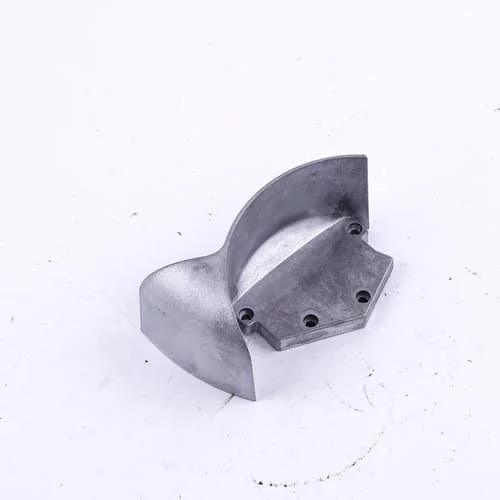
Die Casting
The die-casting process can be used to produce a wide range of components and parts that are completely distinctive and extremely useful. Here are a few applications for the process:
Automotive Product Manufacturing
The method can be used to create more specialized parts required in the automotive sector, such as gear, cylinders, mini engines, glad hands, transfer cases, and more.
Aeronautical Parts Production
Die casting is an economical way to make exceptional metal components that are light and meet the strict requirements of the aerospace sector.
CNC Machining
CNC machining has a wide range of reliable applications in the aerospace sector. Engine mounts, fuel flow parts, landing gear parts, and fuel access panels are a few examples of machinable aerospace parts.
Automotive Industry
CNC milling machines are frequently used in the automotive sector for both production and prototyping. Machines can create cylinder blocks, gearboxes, valves, axles, and a variety of other components from extruded metal. On the other hand, CNC machinery is used to create parts like dashboard panels and gas gauges out of plastic.
Consumer Electronics
Additionally, CNC machining is useful for consumer electronics prototypes and manufacturing. These electronic devices range widely, including computers and cell phones. A CNC machine is used to CNC-machine extruded aluminum, which is subsequently anodized to create the chassis of an Apple MacBook.
CNC machining is used in the electronics sector to produce PCBs, housings, jigs, fixtures, and other parts.
Healthcare Sector
There are several medically safe materials that can be machined using CNC technology. The method has several uses in the medical sector because it is appropriate for unique custom parts. The great efficiency of machined medical parts is dependent on the tight tolerances that CNC machining provides.
Die Casting vs. CNC Machining: A Summary
It’s important to know that CNC machining and die casting are often used together to increase the efficacy of your product line, no matter which method you choose. The process becomes more effective with cutting-edge machining and premium cavity molds. However, large manufacturing companies and large-scale production always choose die casting.
Die Casting vs. CNC Machining: FAQs
What Are the Advantages of Die Casting?
Die casting is an important method for fabricating metal because of how quickly and economically it can be manufactured. However, using this technique has additional advantages. The benefits of die-casting are listed below.
- You can design intricate pieces
- Multiple parts may be produced without the requirement for assembly
- Labor costs can be reduced
- Wall thicknesses can vary
- Tolerances are tighter
- Production cycle durations are quick
- The material used can be recycled
What Are the Disadvantages of Die Casting?
- Unsuitable with high melting-point metals
- Not suited to big sheet metal components
- Costly dies
- Lengthy lead time
What Are the Advantages of CNC Machining?
- Machining is exact and extremely precise
- It takes very little time to complete tasks
- It is safe to use
- It requires fewer operators
- There is little chance of human error
- It is dependable
- It can produce even highly complicated designs
- It requires little maintenance.
What Are the Disadvantages of CNC Machining?
- They are costly
- A Trained operator is required to operate the machine
- In event of a breakdown, a highly skilled professional is required to solve the problem
- The Reduction in manual labor can lead to unemployment
- Its installation cost is high
Die Casting vs. CNC Machining: Conclusion
The decision between CNC machining and die casting is affected by several factors, such as the material, the complexity of the design, the desired surface finish, the production volume, the cost, and the lead time.
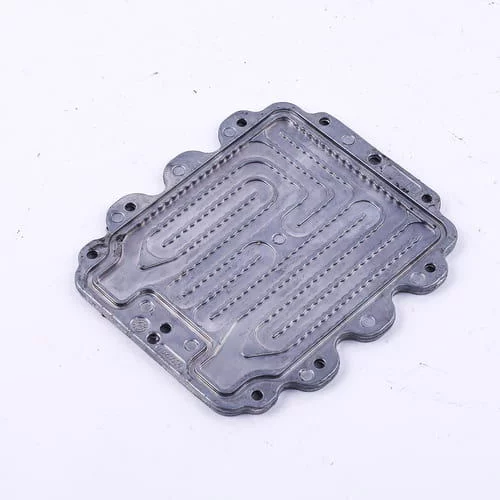
Die casting is probably the best choice if you require a large manufacturing run of parts with precise detailing and complex shapes. CNC machining is probably the best choice if you need a low- to medium-volume run of products with basic shapes and few decorations.
Die Casting vs. CNC Machining: Contact Us
These types of manufacturing process comparisons are useful for getting a clearer picture of the key differences between the two processes. However, it can be difficult to choose the procedure that is most suited to a project’s unique needs.
An experienced, multi-national manufacturing partner like Castingod can help with some of this. Our team of advisers, designers, engineers, and technicians has expertise in all of the main manufacturing techniques, including injection molding, urethane casting, and additive manufacturing. We are professionals at pairing the project needs of customers with the ideal solutions. Call us right away. We’ll guide you in making the best decision.

